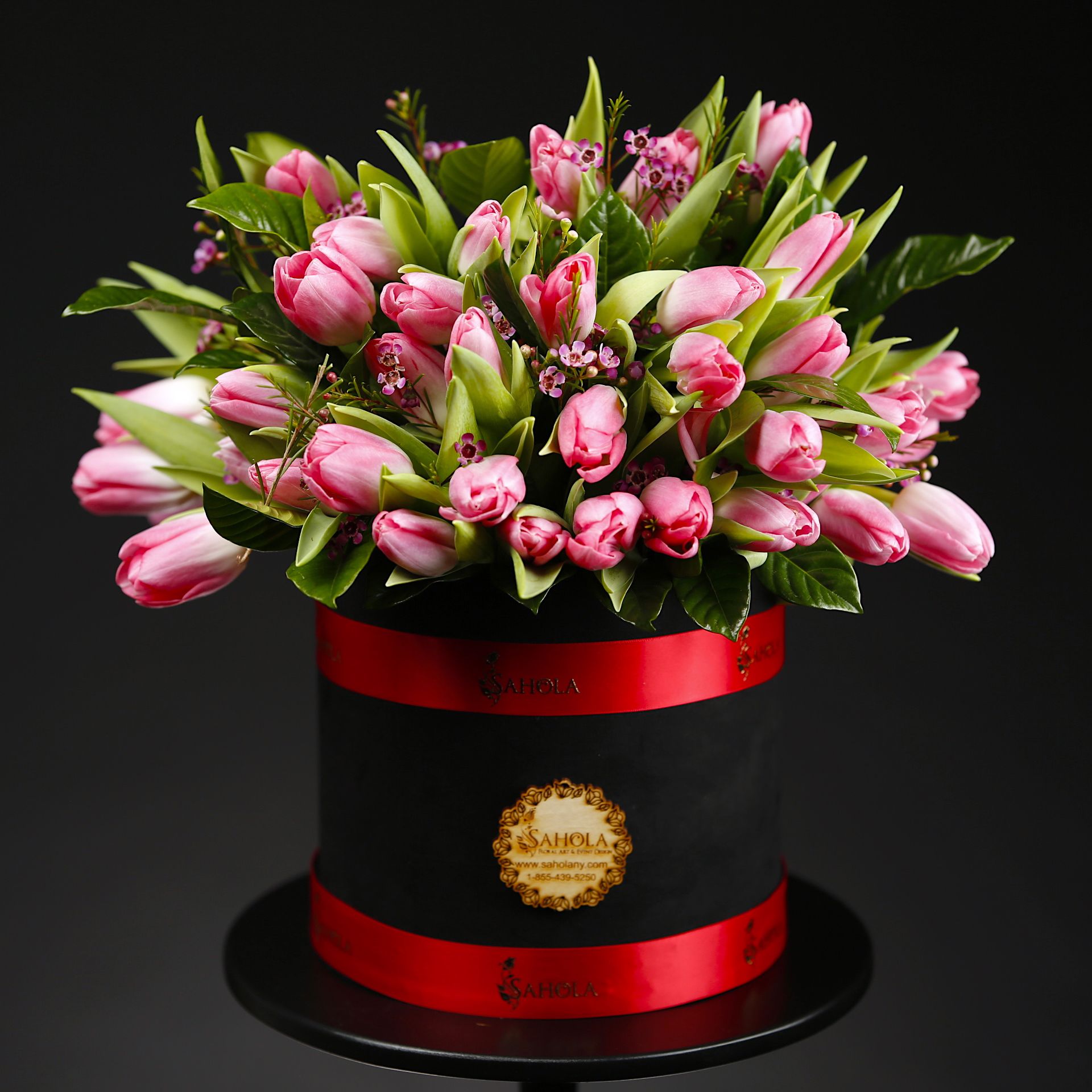The tulip’s captivating charm is rooted in its wide selection of colors, shapes, and patterns. From delicate pastels to vibrant hues, the tulip offers a kaleidoscope of choices that can symbolize everything from love and admiration to prosperity and renewal. Its petals form graceful curves and lines, drawing the eye with a sense of elegance and refinement. The tulip’s structure is one-of-a-kind, often evoking feelings of balance and beauty.
Symbolically, the tulip has different meanings across different cultures. In the language of flowers, tulips can mean love, gratitude, and admiration. Their connection to springtime and renewal adds to their appeal, representing the cyclical nature of life and the promise of new beginnings. Moreover, the historical significance of tulips, including their role in the Tulip Fever, adds layers of depth to their popularity, reminding us of the how life dances between beauty, desire, and human behavior.
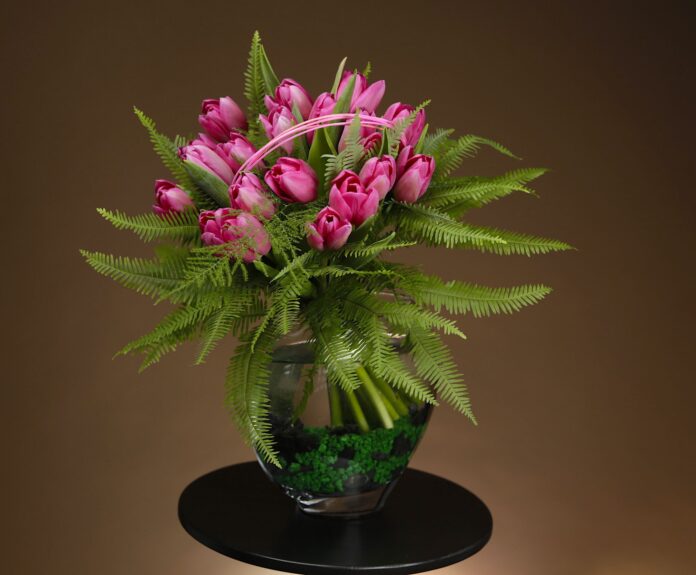
Sensually, the tulip engages our senses with its velvety petals and subtle fragrance. As we touch its petals and feel their softness, a tactile connection is formed, enhancing our appreciation of its delicate nature. The gentle fragrance of some tulip varieties adds an olfactory dimension to its allure, creating a multisensory experience that amplifies its attractiveness.
People are naturally drawn to the tulip for its ability to encapsulate a spectrum of emotions and meanings in a single bloom. Its aesthetic qualities invite contemplation and admiration, while its symbolic significance resonates on a deeper level. Whether it’s the intricate patterns on its petals, the associations it carries, or the sensory engagement it offers, the tulip’s attractiveness is a testament to the profound and intricate relationship between nature, beauty, and human perception.
The History of the Tulip
The tulip, a flower of unparalleled beauty and elegance, has a rich history that spans centuries. From its origins in Central Asia to its transformation into a symbol of prosperity and prestige, the tulip has captured the hearts and minds of people worldwide. Let’s explore the tulip’s transformation, from the notorious “Tulip Fever” in Holland to its contemporary popularity in the United States.
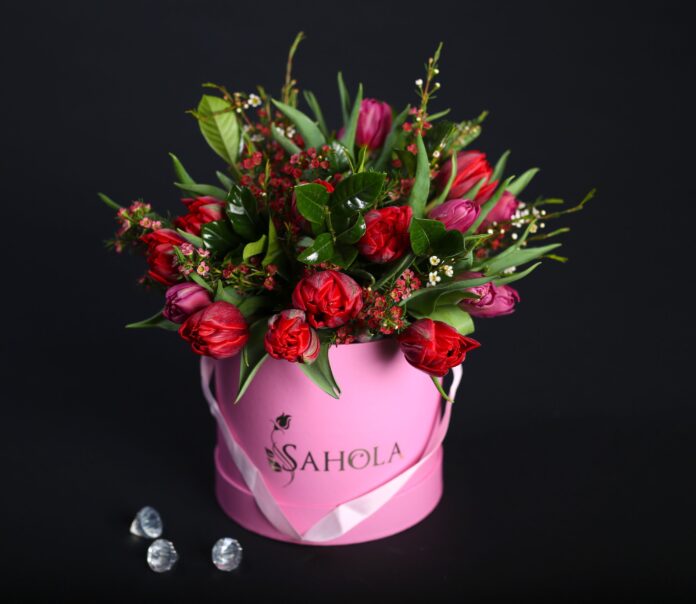
The 17th century in Holland witnessed a phenomenon that would forever be etched in history as “Tulip Fever.” During this time, tulips became more than just flowers; they became a speculative investment, leading to an unprecedented economic bubble. The allure of the tulip’s unique and captivating colors led to a frenzied trading market, with prices soaring to exorbitant levels. People from all walks of life, driven by the promise of wealth, invested heavily in tulip bulbs, often mortgaging their homes and properties.
However, as with all bubbles, reality eventually caught up. The tulip market crashed dramatically in 1637, leaving countless investors bankrupt and the Dutch economy in shambles. The Tulip Fever became a cautionary tale, a stark reminder of the dangers of unchecked speculation and the fleeting nature of trends built on irrational exuberance. The fallout from Tulip Fever prompted regulatory reforms and a renewed focus on economic stability, laying the groundwork for Holland’s subsequent economic success.
Tulip Trends & Learnings
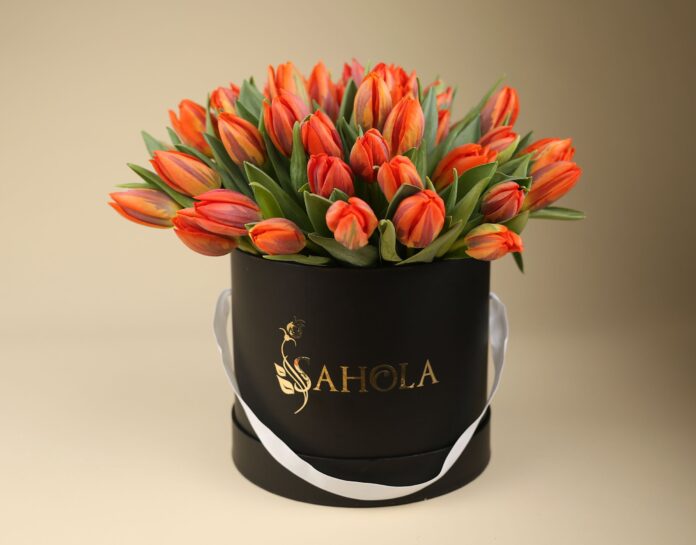
The Tulip Fever serves as a timeless reminder of the potential consequences of unchecked greed and the importance of maintaining a balanced perspective on investments and trends. It underlines the significance of informed decision-making, risk assessment, and avoiding the pitfalls of herd mentality.
Fast forward to modern times, where the tulip has experienced a transformation from a speculative frenzy to a symbol of timeless elegance and thoughtfulness. In the United States, the tradition of giving tulips has flourished, representing a gesture of appreciation, love, and celebration. The vibrant colors and delicate petals of the tulip continue to captivate hearts, but now it is the sentiment behind the gesture that holds significance, rather than the financial gain.
Tulips in New York
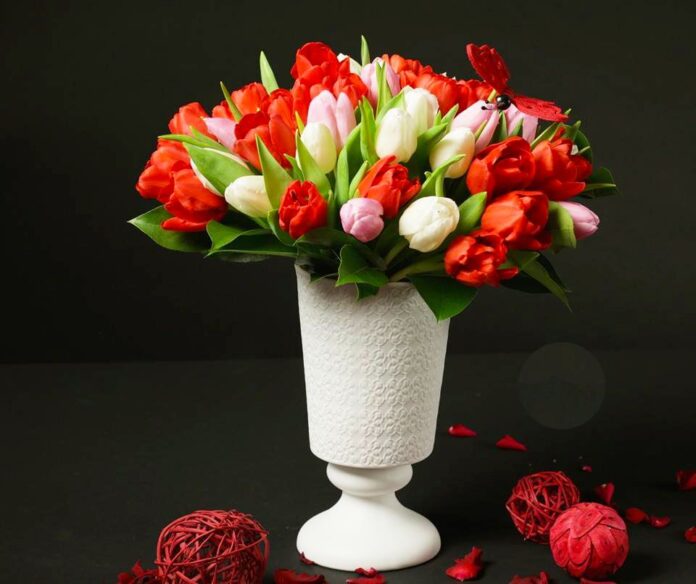
Holland, known for its skillful cultivation of tulips, remains a prominent source of these exquisite flowers, even for the American market. The tulip bulbs are carefully nurtured in the Netherlands, and the best of them find their way to the United States, adorning homes, events, and special occasions.
Sahola Flowers, located in the heart of New York, has become a beacon of floral artistry and creativity. The store’s commitment to sourcing the finest tulips reflects the enduring beauty of this bloom. The tulip arrangements at Sahola Flowers encapsulate the essence of sophistication and elegance, creating a fusion of traditional charm and contemporary aesthetics.
As we admire the intricate tulip arrangements at Sahola Flowers, we are reminded of the flower’s journey – from madness to superiority – and the valuable lessons it imparts. Just as the tulip persevered through the ages, may we too navigate the complexities of life with grace and resilience, drawing inspiration from the flower that weathered the storms of history to bloom with even greater magnificence today

